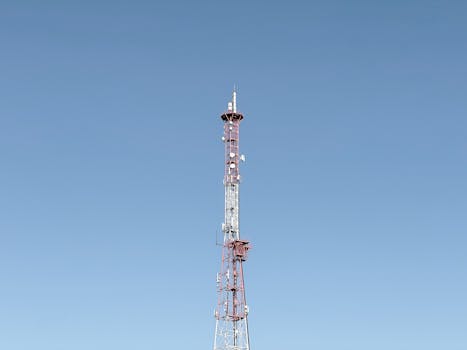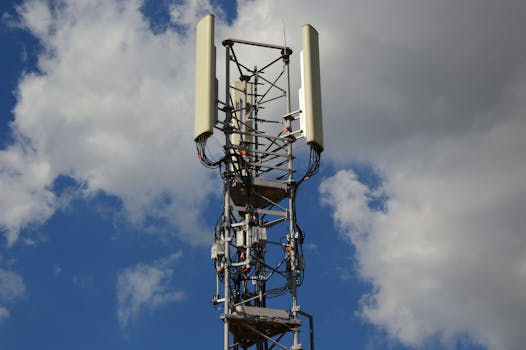Satellite Telecommunications 2023: Key Developments and What They Mean for the Industry
Satellite Telecommunications 2023 has been a remarkable year for the satellite telecommunications industry, with numerous breakthroughs and advancements that are transforming the landscape of global connectivity. As we delve into the key developments of this year, it becomes evident that the industry is poised for unprecedented growth and innovation. In this article, we will explore the significant developments in satellite telecommunications in 2023 and their far-reaching implications for the industry.
Advancements in Satellite Technology

The year 2023 has seen substantial progress in satellite technology, with the launch of cutting-edge satellites and the development of innovative hardware and software solutions. One of the most notable advancements is the introduction of high-throughput satellites (HTS), which offer unprecedented bandwidth and data transfer speeds. These satellites are equipped with advanced transponders and antennas, enabling them to provide high-capacity connectivity to a wide range of users, from individual consumers to large enterprises.
Another significant development is the emergence of phased array antennas, which are capable of electronically steering and shaping beams to optimize signal strength and reduce interference. This technology has the potential to revolutionize the way satellite communications are conducted, enabling more efficient and reliable data transfer.
Increased Adoption of Satellite-Based Services

In 2023, there has been a marked increase in the adoption of satellite-based services, driven by the growing demand for global connectivity and the need for reliable and secure communication solutions. Satellite broadband has become an essential tool for individuals and organizations operating in remote or underserved areas, providing access to high-speed internet and enabling them to stay connected with the rest of the world.
The use of satellite-based IoT (Internet of Things) solutions has also gained momentum, with many industries, such as maritime, aviation, and logistics, leveraging satellite connectivity to track and monitor their assets in real-time. This has led to improved operational efficiency, enhanced safety, and reduced costs.
Expanding Role of Satellite Telecommunications in 5G Networks

Satellite telecommunications are playing an increasingly important role in the development of 5G networks, with many operators recognizing the potential of satellite-based solutions to complement and enhance their terrestrial infrastructure. Satellite-based backhaul solutions are being used to provide high-capacity connectivity to remote and underserved areas, while also enabling the deployment of 5G services in areas where terrestrial infrastructure is limited or non-existent.
The integration of satellite telecommunications with 5G networks is also enabling the development of new use cases, such as extended reality and mission-critical communications. These applications require ultra-low latency, high-bandwidth, and ultra-reliable connectivity, which can be provided by satellite-based solutions.
Conclusion

In conclusion, the satellite telecommunications industry has witnessed significant developments in 2023, driven by advancements in technology, increasing adoption of satellite-based services, and the expanding role of satellite telecommunications in 5G networks. As the industry continues to evolve, we can expect to see even more innovative solutions and applications emerge, transforming the way we communicate and interact with each other.
See more:
